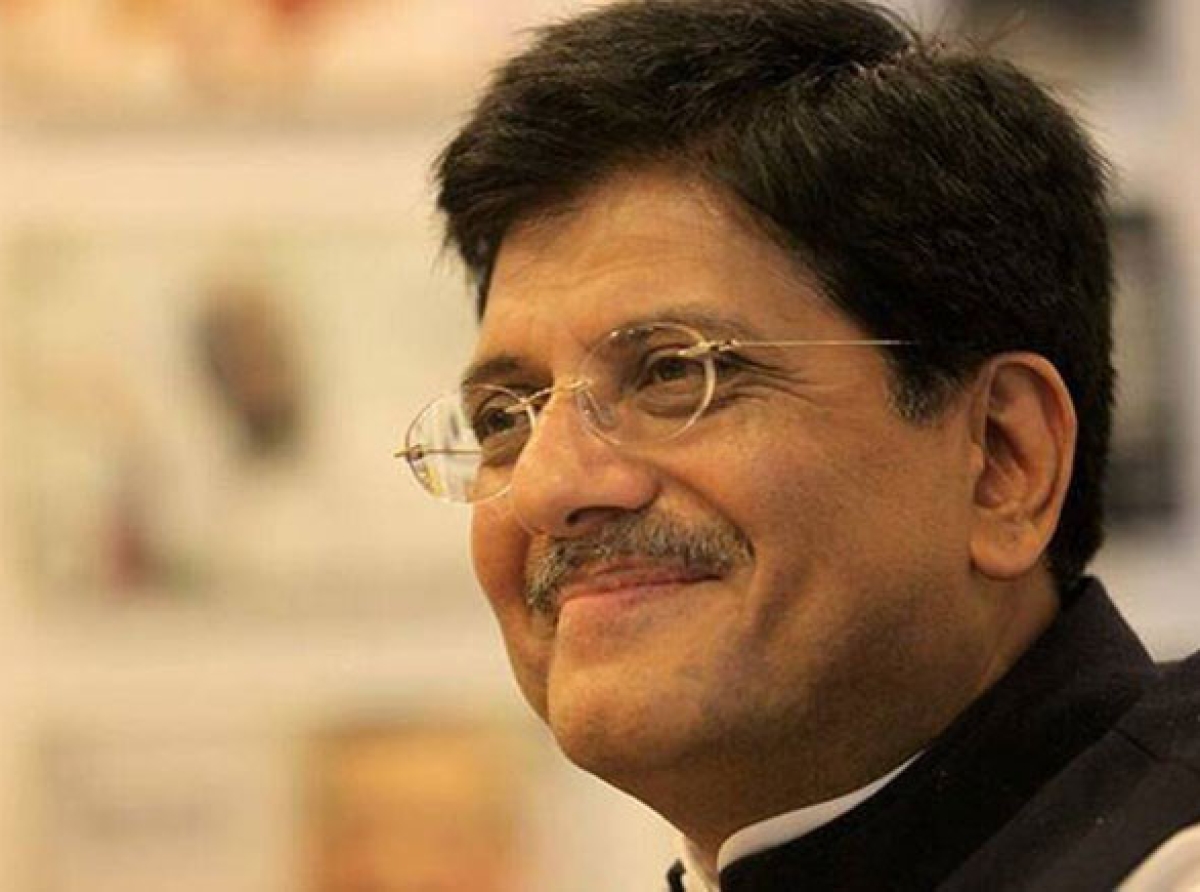The Indian government has approved the MITRA plan, which includes a DCS of Rs 500 crore for a greenfield project

06 October 2021, Mumbai:
The Union Cabinet has authorized the long-awaited establishment of seven Mega Integrated Textile Region and Apparel (PM MITRA) Parks, costing Rs. 4,445 crore over five years.
Each park is expected to employ one lakh, people, directly and another two lakh indirectly. The Prime Minister's 5F vision - Farm to Fibre to Factory to Fashion to Foreign – has inspired PM MITRA.
This was declared in the Union Budget for 2021-22 by the government.
World-class industrial infrastructure would be built as part of this effort, attracting cutting-edge technology and boosting FDI and local investment in the industry.
It will allow for the creation of a fully integrated textile value chain, from spinning to weaving to processing/dyeing and printing to garment production, all in one site.
Industry logistics costs will be reduced, and time will be saved if the textile value chain is integrated into one location.
Commerce and Industry, Textiles Minister Piyush Goyal announced the information, saying that the news is a gift to the textiles community on this important day.
“Step by step, we have built the nation's textile ecosystem to fully use our competitive and comparative edge. Every section has been empowered by these actions, from weavers to women entrepreneurs,” he added.
For the building of common infrastructure, a maximum Development Capital Support (DCS) of Rs. 500 crore would be granted to all Greenfield parks and a maximum of Rs. 200 crores to Brownfield parks (@30 percent of the project cost).
The state government will contribute 1,000 acres of land for the building of a world-class industrial estate.
The central government would also offer a budget of Rs. 300 crore to each park to encourage the establishment of industrial companies.
This will be termed as Competitiveness Incentive Support (CIS), and it will be paid up to 3% of a newly created unit's turnover in parks. Such assistance is critical for a newly established project that has yet to break even and needs assistance until it is able to scale up production and demonstrate viability.
These parks will have core infrastructures such as an incubation center and a plug-and-play facility, as well as developed factory sites, roads, power, water, and wastewater systems, a common processing house and CETP, and other related facilities, such as an incubation center and a plug-and-play facility.
Workers' hostels and accommodation, a logistics park, warehousing, medical, training, and skill development facilities will all be available.
These parks will develop 50% of the land for pure manufacturing, 20% for utilities, and 10% of the land for commercial development. The parks will be built by a Special Purpose Vehicle that will be jointly owned by the state and federal governments in a Public-Private-Partnership (PPP) model.
During the concession time, the Master Developer will not only create but also manage the industrial park.
The Master Developer will be chosen based on objective criteria created in collaboration with the state and federal governments.
SPVs with majority ownership by the State Government will be entitled to a portion of the lease rental from developed industrial sites, which they will be able to use to expand the textiles industry in the area by expanding parks, providing skill development initiatives, and other worker welfare measures.
























